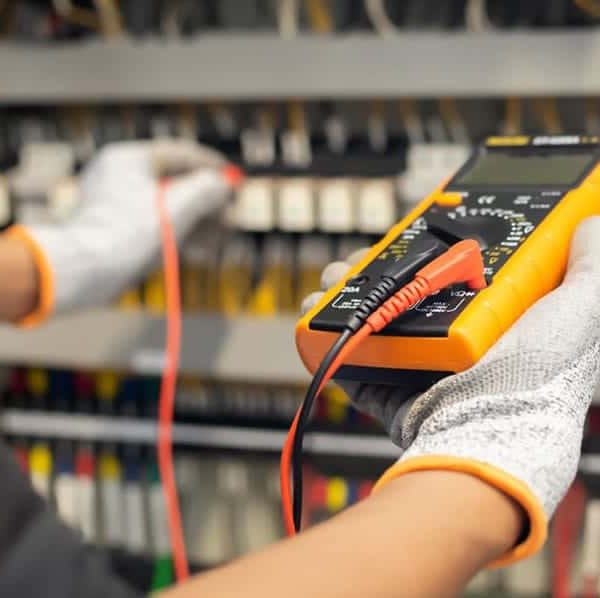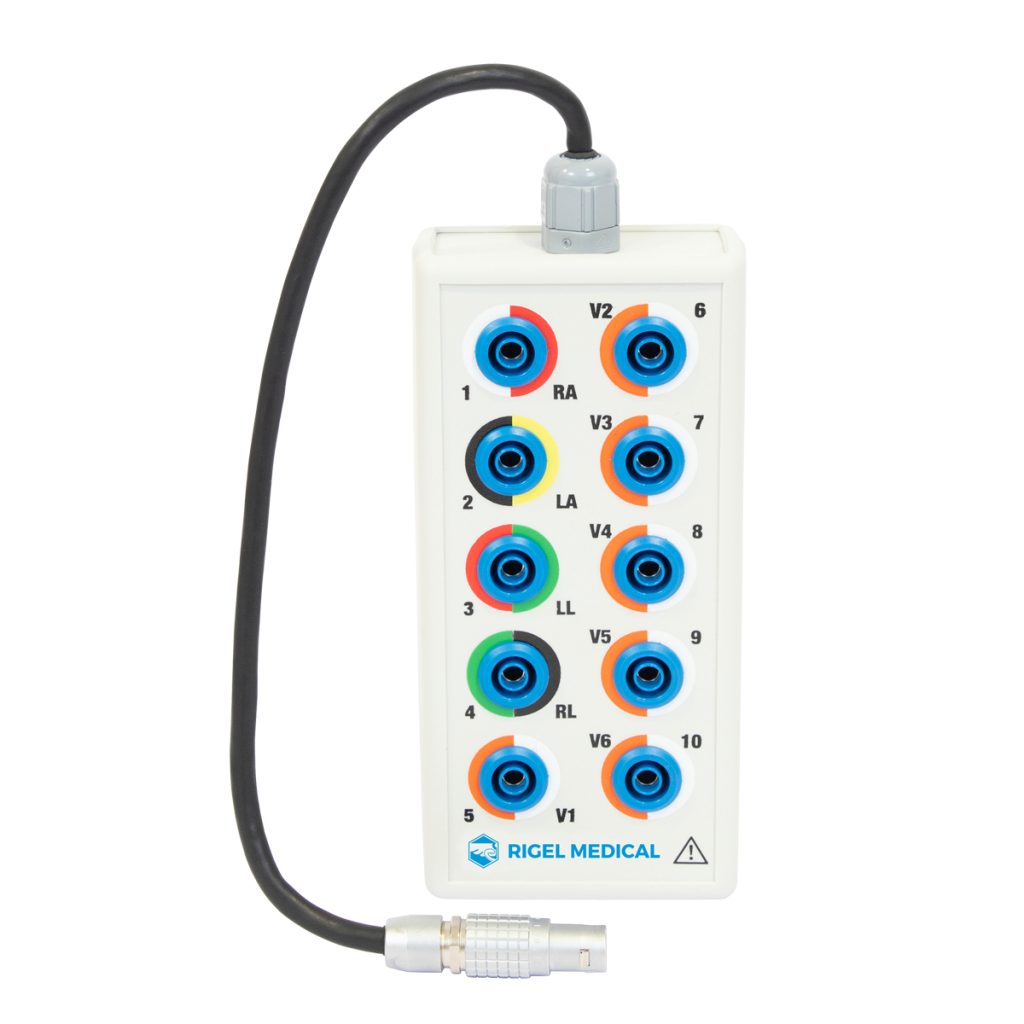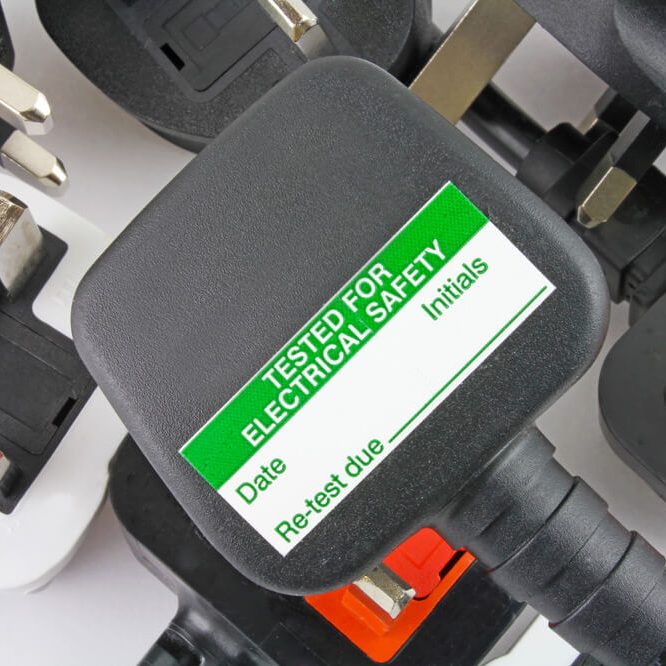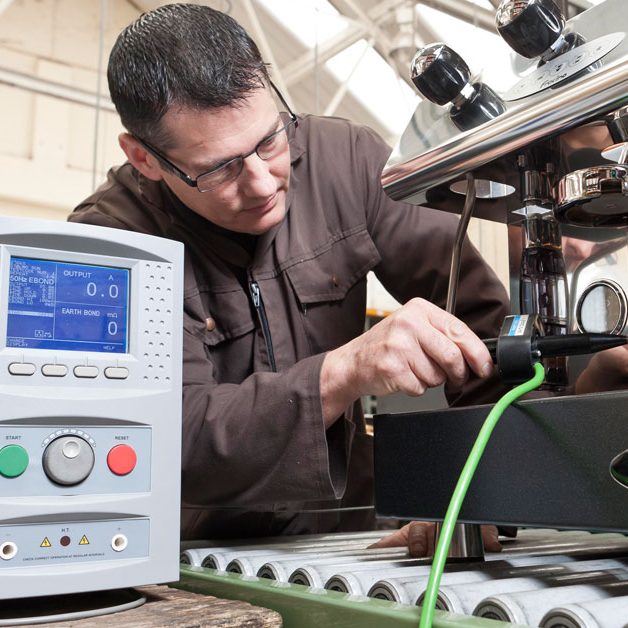Introduction: The Importance of Electrical Safety
Electrical safety is a crucial aspect of everyday life, impacting homes, workplaces, and public spaces. With the increasing reliance on electrical devices, ensuring their safety becomes essential. Electrical safety testing mitigates risks associated with the use of electrical appliances and equipment. This process helps identify potential hazards, ensuring that devices are safe for consumer use. Proper testing not only protects individuals but also minimizes the risk of electrical fires or electrocution. This article explores the various aspects of electrical safety testing, its significance, and the standards involved.
What is Electrical Safety Testing?
Definition and Objectives
Electrical safety testing refers to a series of evaluations that assess the safety of electrical devices and systems. The primary objective is to ensure that products operate without posing risks to users. This includes testing for insulation resistance, proper grounding, and potential electric shock hazards.
The testing process validates that electrical products meet safety standards set by regulatory bodies. These standards are designed to prevent accidents and ensure that devices operate efficiently without compromising user safety.
Common Types of Tests
Several types of tests are typically included in electrical safety assessments. These may involve checking insulation resistance, dielectric strength, grounding continuity, and leakage current. Each test targets specific safety concerns, helping to confirm that devices comply with safety regulations.
For instance, insulation resistance testing checks that materials effectively prevent unintended electrical flows. Dielectric strength testing ensures that devices can withstand voltage spikes without breakdown. Each test provides vital information about the safety and performance of the product.

The Role of Standards and Regulations
Safety Standards
Electrical safety testing is governed by various standards developed by organizations such as the International Electrotechnical Commission (IEC) and Underwriters Laboratories (UL). These standards define the requirements that electrical devices must meet to ensure safety and reliability.
Manufacturers must adhere to these standards during product design and testing. Compliance guarantees that products are safe for consumer use and reduces the likelihood of accidents. Regulatory bodies often conduct audits to oversee adherence to these standards.
Legal Regulations
In many regions, electrical safety testing is mandated by law. Compliance with safety regulations protects both manufacturers and consumers. For manufacturers, failure to comply can result in legal repercussions, including fines or product recalls.
For consumers, understanding these regulations empowers them to make informed choices. Knowing that a product has undergone electrical safety testing can provide peace of mind. It assures individuals that their purchased devices meet necessary safety criteria.
The Testing Process
Preparation Steps
Before conducting electrical safety tests, proper preparation is essential. This may include reviewing the product’s specifications, understanding its intended use, and readiness for testing conditions. Ensuring a safe testing environment is critical for accurate results.
In addition, testers should gather the necessary equipment and tools. This may include insulation resistance testers, multimeters, and connectors. Having everything prepared ensures a smooth testing process.
Execution of Tests
Once preparations are complete, the actual testing can begin. Each type of test follows specific procedures outlined in safety standards. Testers must carefully execute each step, documenting findings and measurements for later reference.
After conducting tests, the data gathered must be analyzed. Comparing results against established standards helps determine if the product is compliant. If any issues arise, corrective actions may need to be taken prior to product release.

Benefits of Electrical Safety Testing
Protecting Consumers
One of the primary benefits of electrical safety testing is the protection it offers to consumers. By identifying potential hazards, testing helps ensure that only safe products make it to market. This reduces the risk of electrical fires, shocks, and other accidents.
For consumers, knowing that a product has undergone thorough safety testing provides confidence. It assures them that they are making a safe choice when purchasing electrical devices. This trust in product safety also enhances brand reputation.
Ensuring Product Quality
Beyond safety, electrical safety testing improves overall product quality. Testing processes help manufacturers identify design flaws or weaknesses. This allows for improvements before the product reaches consumers.
A well-tested product not only enhances user satisfaction; it also reduces manufacturers’ liability. Fewer complaints and recalls mean lower costs and a stronger market position. This focus on quality directly benefits both producers and consumers.
Challenges in Electrical Safety Testing
Complexity of Standards
One challenge in electrical testing is the complexity of safety standards. Different products may fall under various regulatory frameworks, requiring specialized knowledge. Staying current with changing standards can be demanding for manufacturers.
Additionally, navigating international regulations adds another layer of complexity. Products sold in multiple countries often need to meet different standards. This requires manufacturers to be well-informed about the regulations relevant to their target markets.
Cost of Compliance
Compliance with electrical safety testing can also be costly. Manufacturers must invest in testing facilities, equipment, and trained personnel. These costs can be significant, especially for smaller businesses or startups.
However, the investment pays off in the long run. While initial expenses may be high, ensuring product safety can lead to higher sales and fewer liabilities. Companies that prioritize safety often build stronger brand loyalty, ultimately benefiting their bottom line.

Future Trends in Electrical Safety Testing
Advancements in Technology
As technology evolves, so does the approach to electrical safety testing. New testing equipment has emerged, allowing for faster and more accurate evaluations. Advances in automation and artificial intelligence are streamlining the testing process.
These developments can enhance the efficiency of safety assessments. For example, automated testing systems can perform multiple evaluations simultaneously, reducing testing time. This increases productivity and allows faster product releases.
Focus on Sustainability
Another trend in electrical safety testing is the increasing focus on sustainability. Manufacturers are exploring eco-friendly materials and processes, emphasizing the importance of environmental responsibility. Safety testing now often includes assessments of the environmental impact of products.
As consumers become more environmentally conscious, this trend will likely grow. Manufacturers that incorporate sustainable practices may find themselves more competitive. This shift towards sustainability aligns with broader global efforts to address environmental challenges.
Importance of Consumer Awareness
Educating the Public
Consumer awareness about electrical safety testing is crucial in today’s technology-driven world. Many consumers may not fully understand the significance of testing or the implications of using untested products. Education plays a vital role in informing the public about the importance of safety standards.
Manufacturers, retailers, and safety organizations should work together to provide clear information about the testing processes. Informational campaigns can highlight how to identify products that have undergone safety testing. When consumers know what to look for, such as certification labels, they can make better-informed purchasing decisions. This collective effort contributes to greater safety in homes and workplaces.
Empowering Consumers
Empowering consumers with knowledge about electrical safety not only enhances personal safety but also encourages responsible consumer behavior. When customers recognize the importance of choosing tested electrical products, they are more likely to prioritize safety over price or aesthetics. This shift can lead to more demand for high-quality, tested products in the market.
Additionally, informed consumers may advocate for better regulations and practices within the industry. As customers become aware of their rights and the importance of safety testing, they can influence manufacturers to prioritize safety in their product designs. This advocacy leads to a healthier consumer market, driving a culture of safety awareness and responsibility.
Conclusion: The Importance of Electrical Safety Testing
In conclusion, electrical safety testing is a vital process for ensuring the safety and reliability of electrical devices. It protects consumers and enhances product quality while adhering to established standards and regulations.
Despite challenges like regulatory complexity and compliance costs, the benefits far outweigh the drawbacks. As technology advances and sustainability becomes more important, the future of electrical safety testing looks promising. Companies that prioritize electrical safety testing will be well-positioned to succeed in a competitive market.
By understanding the significance and processes of electrical safety testing, consumers can make informed choices. This safeguards their well-being and contributes to a safer, more responsible electrical industry. Emphasizing electrical safety should be a priority for both manufacturers and consumers, paving the way for a secure future.


